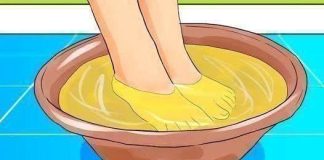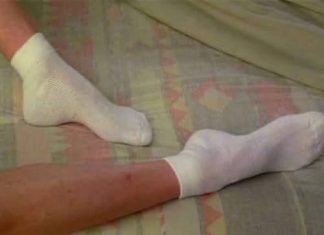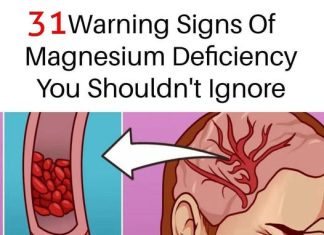If you’re experiencing persistent aches in your legs, joints, or bones, the underlying cause might not be aging or overexertion, but rather a deficiency in a vital nutrient: Vitamin D. Often referred to as the “sunshine vitamin,” Vitamin D is essential for maintaining bone health, supporting the immune system, and ensuring proper muscle function.
Understanding Vitamin D and Its Importance
Vitamin D plays a crucial role in the body’s ability to absorb calcium and phosphorus, minerals vital for building and maintaining strong bones. Without sufficient Vitamin D, bones can become thin, brittle, or misshapen. In children, this deficiency can lead to rickets, a condition characterized by soft and weak bones, while in adults, it can result in osteomalacia, leading to bone pain and muscle weakness.

Vitamin D deficiency can manifest in various ways, and recognizing these signs is the first step toward addressing the issue:
- Bone Pain and Muscle Weakness: A common symptom, especially in the legs and lower back.
- Frequent Illness or Infections: Vitamin D is integral to immune function.
- Fatigue and Tiredness: Low levels can lead to a general feeling of tiredness.
- Depression: Some studies have linked Vitamin D deficiency to mood disorders.
- Impaired Wound Healing: A deficiency may slow down the healing process.
It’s important to note that these symptoms can be subtle and may develop over time. Therefore, if you’re experiencing any of these issues persistently, it’s advisable to consult a healthcare professional.
Several factors can contribute to a deficiency in Vitamin D:
- Limited Sun Exposure: Since the body produces Vitamin D when exposed to sunlight, limited exposure can lead to deficiency.
- Darker Skin: Higher melanin levels can reduce the skin’s ability to produce Vitamin D from sunlight.
- Age: As we age, the skin’s ability to synthesize Vitamin D decreases.
- Dietary Habits: A diet lacking in Vitamin D-rich foods can contribute to deficiency.
- Obesity: Vitamin D is extracted from the blood by fat cells, altering its release into the circulation.
Addressing Vitamin D deficiency doesn’t always require supplements; several natural methods can help increase your levels:
- Sunlight Exposure: Aim for 10-30 minutes of midday sunlight several times a week, depending on your skin sensitivity.
- Dietary Sources: Incorporate foods rich in Vitamin D into your diet, such as:
-Fatty fish like salmon, mackerel, and sardines
-Egg yolks
-Fortified foods like milk, orange juice, and cereals
- Regular Exercise: Engaging in physical activity can help maintain healthy body weight, which in turn supports optimal Vitamin D levels.

When to Consider Supplements
While natural methods are beneficial, some individuals may require supplements to achieve optimal Vitamin D levels, especially if they have limited sun exposure or dietary restrictions. Before starting any supplement regimen, it’s crucial to consult with a healthcare provider to determine the appropriate dosage and to avoid potential toxicity. The recommended daily allowance varies by age, sex, and health status, but generally, 600 to 800 IU per day is considered adequate for most adults.
Unexplained aches in your legs, joints, or bones shouldn’t be ignored, as they may signal a deficiency in Vitamin D. By understanding the importance of this vital nutrient and taking proactive steps to maintain adequate levels through sunlight, diet, and, if necessary, supplementation, you can support your overall health and well-being. Always consult with a healthcare professional before making significant changes to your health regimen.

















